Top 5 Portable Gaming Devices That Didn’t Survive the Mobile Era
At the dawn of the mobile era, portab le gaming consoles like the Nintendo 3DS and Sony’s PSP 3000 still ruled the backseat on family road trips and the front page of gaming console sales reports.
After all, the closed-loop nature of developing a game for a single console had its inherent benefits. The nascent mobile phone gaming developers had to build code sturdy enough to run on scores of different phone hardware/software configurations, while single console game development was straightforward. In addition, every app developer focusing on mobile gaming had to handle their own marketing, while hardware makers like Nintendo and Sony were able to devote part of their portable system promotion budgets to support game makers. Despite all of that logic, consumer spending on gaming apps for mobile phones outgunned portable gaming system revenues 3-to-1 by 2013, which would be fair to say that from 2013 onwards, the fate of portable gaming consoles was pretty cemented.
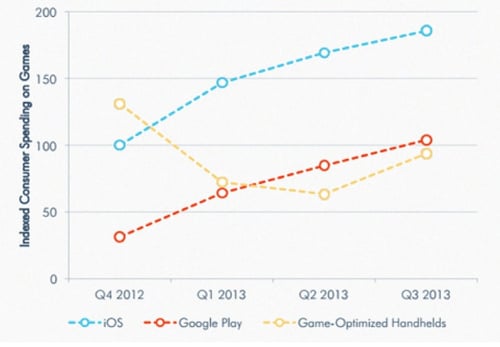
Source: App Annie
App Annie’s VP of corporate comm unications Marcos Sanchez explained why, “Smartphones’ ease of use, low price point (due to subsidies), and multi-functional use as a gaming and primary communications device have given them a ubiquity across a broad demographic that portable consoles will never have. Add apps that are fun and engaging, and that deeper penetration can equate to big dollars for game app developers.”
Logic doesn’t always win, but y ou can bet on ubiquity.
The unlikely success of Ninten do’s retro-handheld Switch portable gaming system in 2017 obscures the sad tales of th e many contenders who fell before the ever-present might of mobile gaming. Here’s a look back at what could have been.
1. The Cybiko
Russia nearly launched the m obile phone gaming era a good 8 years earlier than the iPhone. The Cybiko came out in
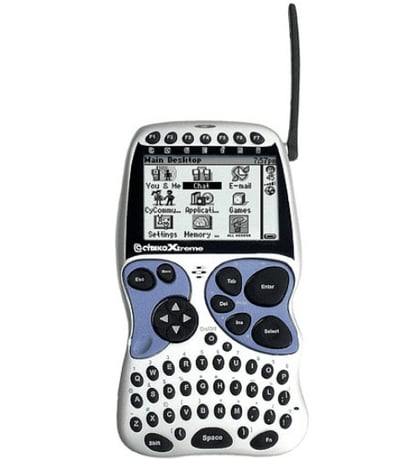
2. Gizmondo
Opening with a bang, th e Gizmondo portable gami ng system by Tiger Telematics l aunched with a posh flagship store on London’s Regent Street in 2004. The store’s high-t ech 3D TVs, black marble everything, and Swarovski crystal detailing made an odd backdrop for the lumpy, mostly-plastic device. It was meant to sell at around £229 but barely sold an ything at all, leaving the company in debt for more than £230 million with a couple of years. If the portable console had launched with more than a single game, it might still be here today.
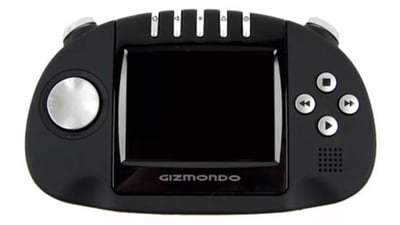
3. Nintendo DS Devices
Over the years, < /span>Nintendo< /a> devices have p layed a key role in helping to launch portable devices into the mainstream abyss. From 2004 and onwards, Nintendo devices came in a variety of forms, ranging from the original ‘Nintendo DS’ to later iterations known as the ‘DSXL’, ‘3DSXL’ and the ‘Switch’. Surprisingly, DS devices act as an anomaly to the portable gaming curse, as when one depreciates in popularity and value, another newer version of that model is released, with the hopes of regaining mass appeal. However, in today’s society and with the inclusion of mobile gaming apps, it is evident that Nintendo’s portable devices are still struggling to maintain their appeal amongst the crowded market, as according to insights, mobile gam es increased their generated revenue by 59% this year alone, vs console games generating only 22%.
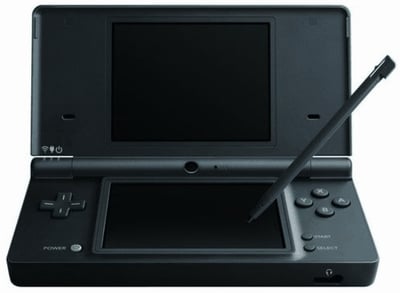
4. PlayStation Vita
Sony and Nintendo have gone head to head (or controller to controller) in the world of portable gaming consoles since the legendary Game Boy handheld arrived in 1989. By 2011, Sony r eally had all of the portable gaming system knowledge it needed to market a winner. Instead, it released the ‘PlaySt ation Vita‘. It was powerful, had a deep bench of popular games, and purred like a dream. The only problem was that Sony had a limited promotional budget and the lion’s share went to their full-size PlayStation 4 portable gaming console. Starved for attention in a world where mobile phone gaming was dominating the market, the Vita just faded away.
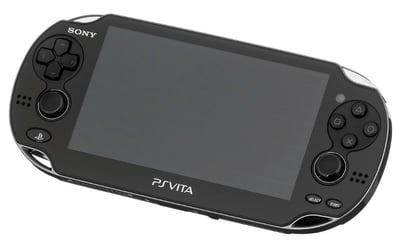
5. The Pandora System
Jet black and deadly serious, the Pan dora was a portable game system w ithout a sense of humor. It was really a mini-mobile computer or subnotebook, but the world just wasn’t ready for it in 2010. Maybe something about the name Pandora and how much the device resembled a box frightened consumers with concerns about what evils might be unleashed when they opened it. In any case, at the bottom of the box was Hope, and so at least there’s that.
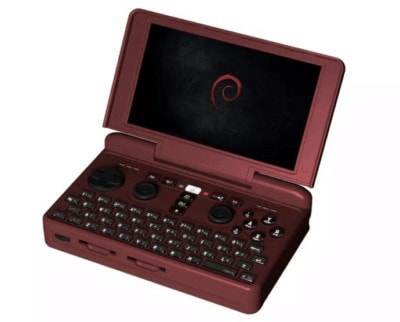
It’s always interesting to look back at the ‘What ifs’ and the ‘What could have beens’ of the potentials that portable gaming consoles could’ve offered. In a world dominated by mobile gaming apps, it’s even more crucial to ensure that your app stands out amongst the crowd. So, if you have an app idea, Talk To Us today!
Share this
Subscribe To Our Blog
You May Also Like
These Related Stories

4 Tips for Picking the Best Operating System for Your App

The Rise in Popularity of Bluetooth Earphones





